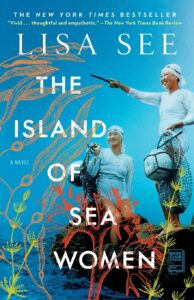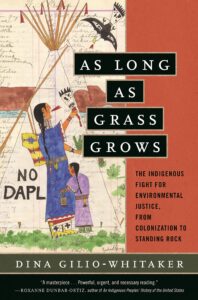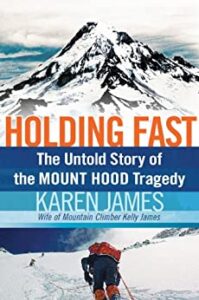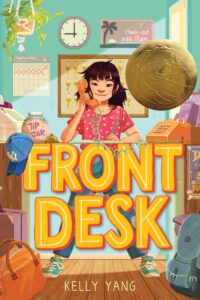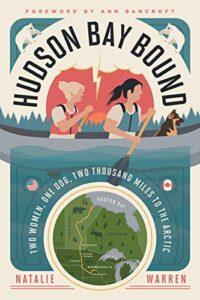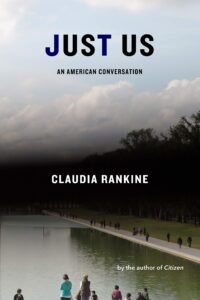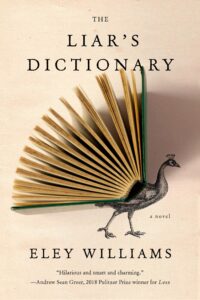Craig Childs
Nonfiction 2006 | 496 pages
![]()

Monochrome and polychrome pottery styles, doorways, kivas, cliff dwellings, home designs, turkey feathers, ancient roads and waterways … these and more give us clues about the cultural, societal, and geographic evolution of the vanished civilizations of the Southwest US and Mexico. Craig Childs is the perfect author to tell us about them. He is an extraordinary writer and an amazing researcher and explorer. This book, recommended by many on my Great Old Broads raft trip on the San Juan River, tells history from a perspective that is unique, interesting, and informative. Childs tells the tale of multiple migrating cultures over many centuries, by traveling and writing about their apparent journeys. This is what is so remarkable about House of Rain. Childs catalogs recent knowledge of the journeys of the Anasazi, Salado, the Puebloan people, and numerous other communities, through his own and other academics’ research, and he conveys this to us as he travels from the north … Utah and Colorado … to northwest Mexico, along the same routes the indigenous peoples traveled over hundreds of years. If you visit Chaco Canyon or Mesa Verde, you will see and learn about a place and a point in time. What Childs captures in House of Rain is the geographical movement of civilizations across many centuries, through prerecorded history.
This book is an excellent read, whether you are a connoisseur of the southwest ancient peoples, or know very little about their communities. A small example of his vivid writing (page 197): “We found red pottery at nearly every site, rose petals lining the path.”
(A note to my Audible readers …. Thom and I read this book together, and he listened to it on Audible, as read by the author. It seems Childs is a superb writer; however, he is not a good orator. Read House of Rain instead of listening, if you can.)
June 2021

